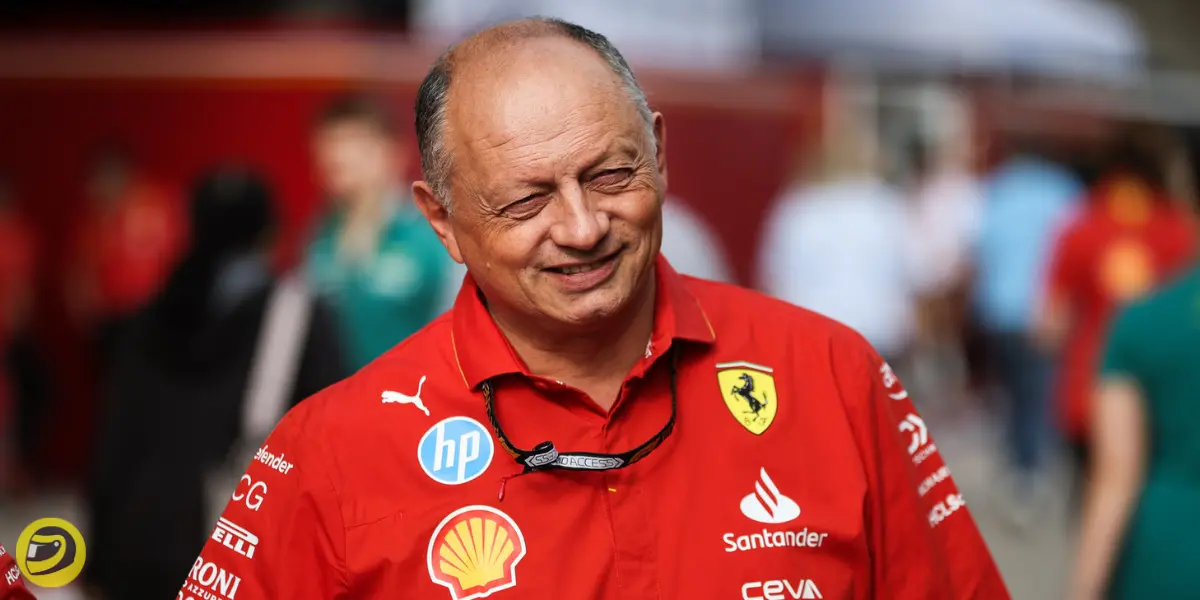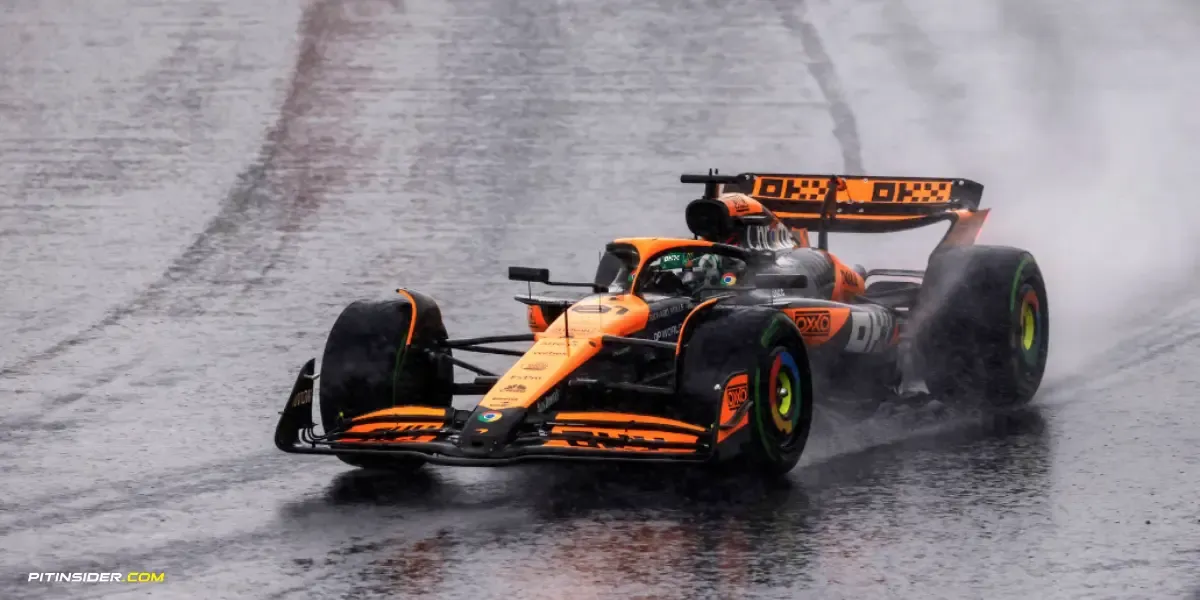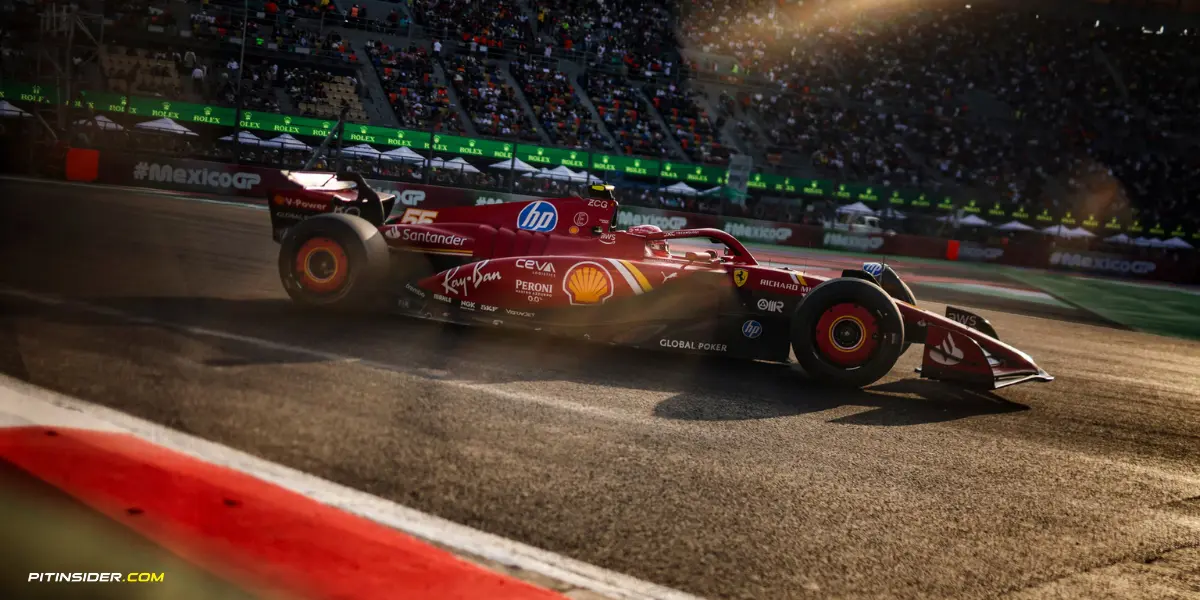Ferrari admits flexi wing misjudgment cost key time
Ferrari admits their late adoption of flexible front wings in 2023 cost them "one or two months" of crucial development time, as the team mistakenly believed the FIA would crack down on the practice.

Ferrari has openly acknowledged that their reluctance to aggressively pursue flexible front wing designs earlier this season was a significant misstep, costing the Italian team "one or two months" of valuable development time.
Speaking to Motorsport.com, Ferrari team principal Fred Vasseur explained that the squad's belief that the FIA would crack down on the practice led them to hold back on exploiting this aerodynamic loophole.

"There was frustration because at one stage we were waiting for the decision of the FIA when they installed the cameras [from the Belgian GP],"
Vasseur revealed.
"We were convinced that it will go for the 'no go'. And it went for the 'go'! So probably we lost one or two months."
F1 teams have found that optimizing the aero elasticity of front wings can deliver tangible performance gains by addressing the inherent handling traits of the current ground effect cars.

Rivals like McLaren and Mercedes have made notable strides in this area throughout 2023.
Ferrari, however, only adopted a new flexible front wing design starting from the Singapore Grand Prix.
This coincided with a resurgence in form for the Scuderia, which included victories in the United States and Mexico.

Vasseur acknowledged that Ferrari's hesitation was also influenced by the sport's cost cap restrictions.
Investing resources into a concept that could ultimately be banned would have been a significant risk.
"It's difficult because with the cost cap you have to make your choices,"
he added.

"It means that if you are convinced that it won't be allowed, and you have start to develop something, then it's costing you a time in the wind tunnel. But it was our decision."
The FIA has been closely monitoring the flexing behavior of front wings since the Belgian Grand Prix, installing new video cameras and additional monitoring stickers to better understand the dynamics at play.
According to the FIA's head of single-seaters, Nikolas Tombazis, the governing body concluded that introducing immediate changes to the flexi wing regulations would have been unfair given the variation in teams' approaches.

"Because the front wing gets loaded in different ways, we cannot predict it easily in the regulations,"
Tombazis explained.
"As no two wings have exactly the same loading pattern, it is very difficult to come with a proper test."
As a result, the FIA has decided to maintain the current regulations for 2024, with the possibility of more effective rules being introduced for the 2026 season when the next generation of F1 cars is expected.
Ferrari's belated realization of the performance potential in flexi wings has undoubtedly cost them valuable development time this year.





Comments ()